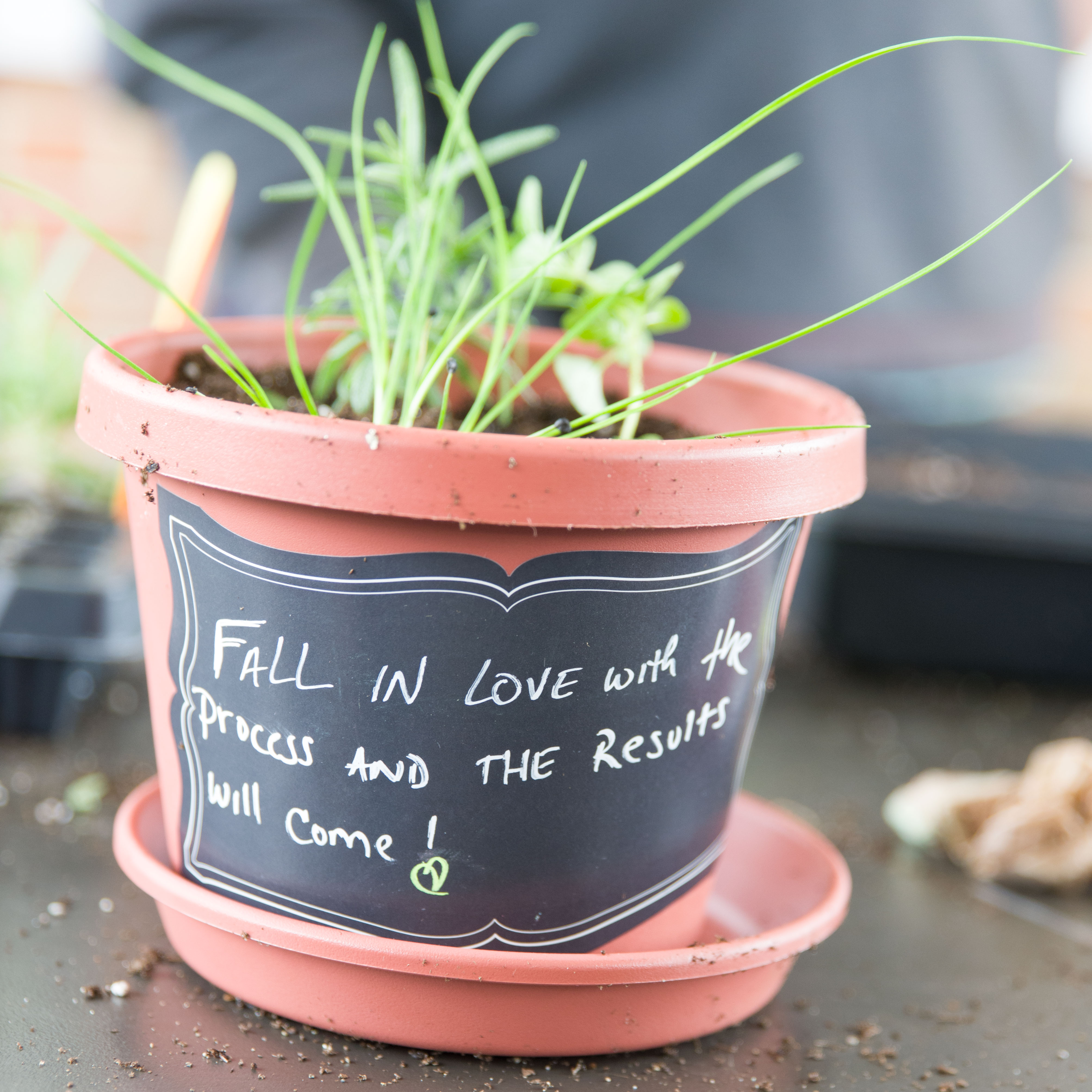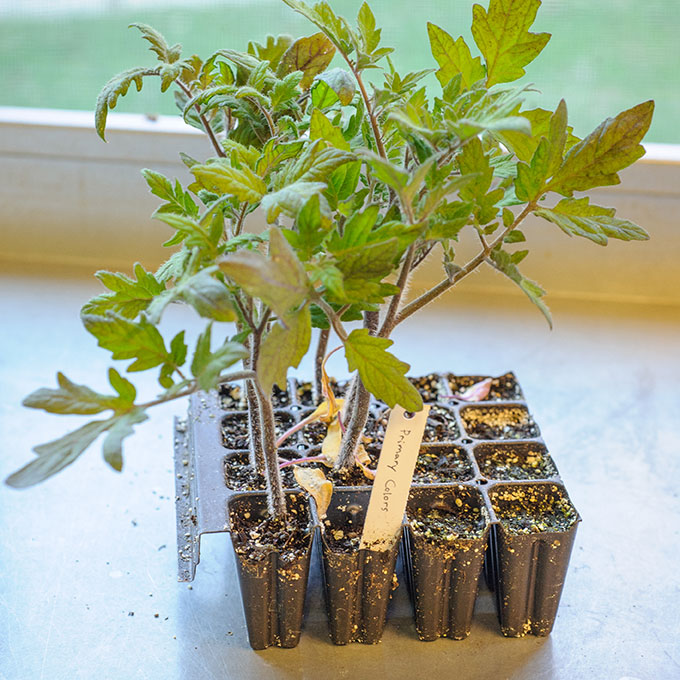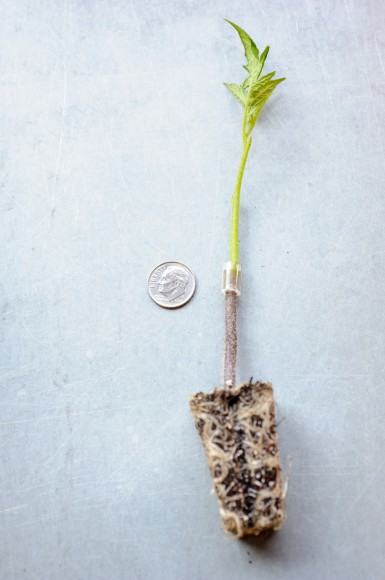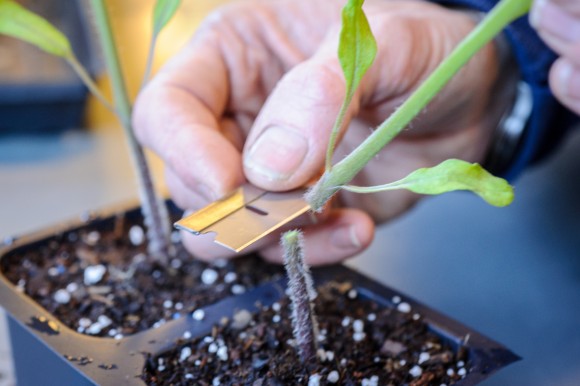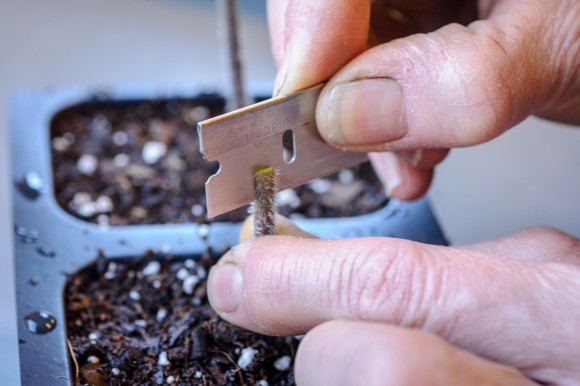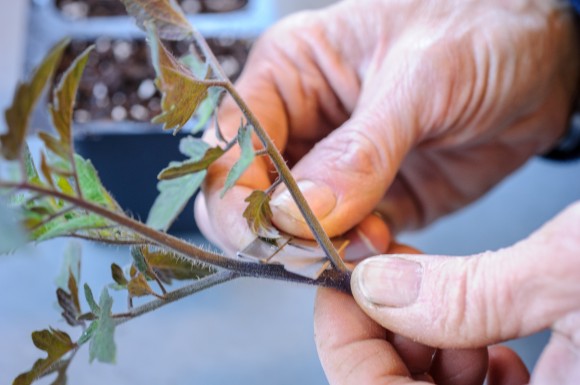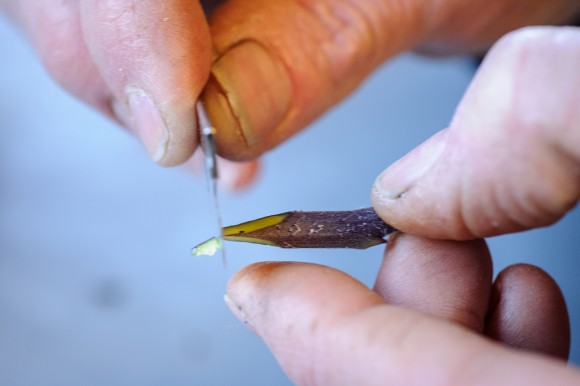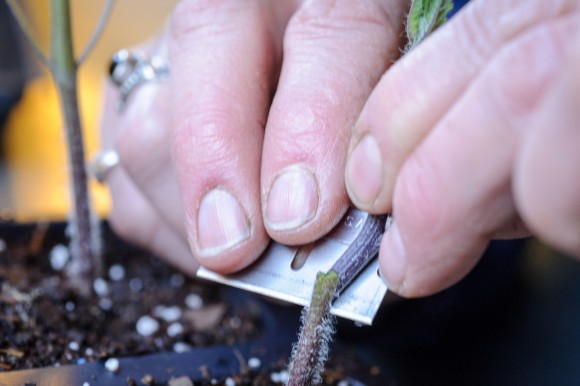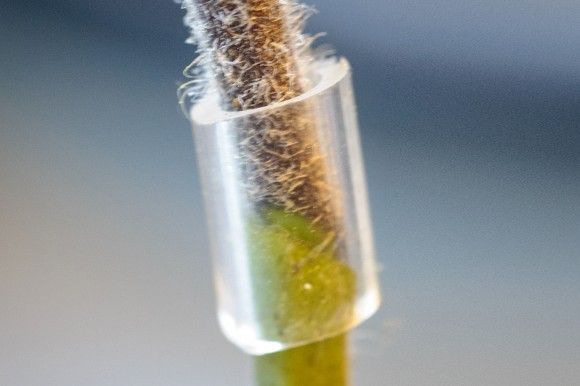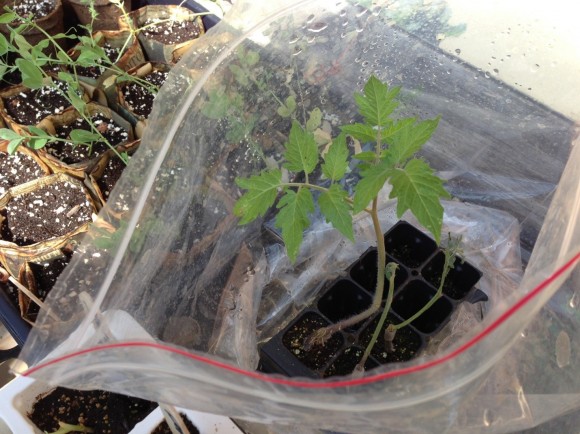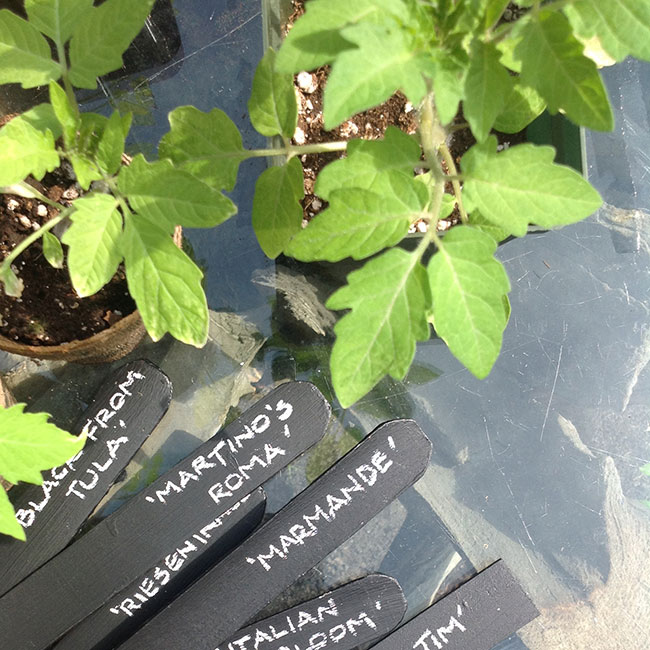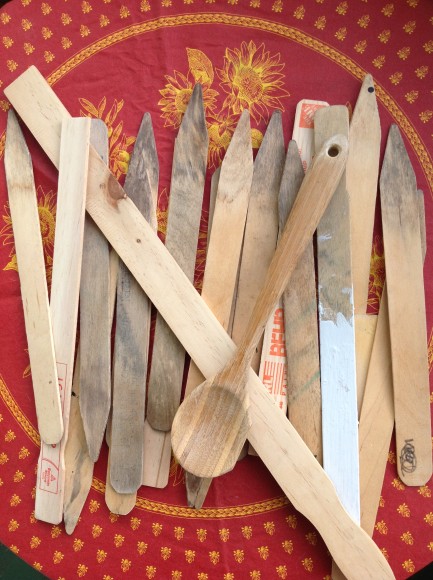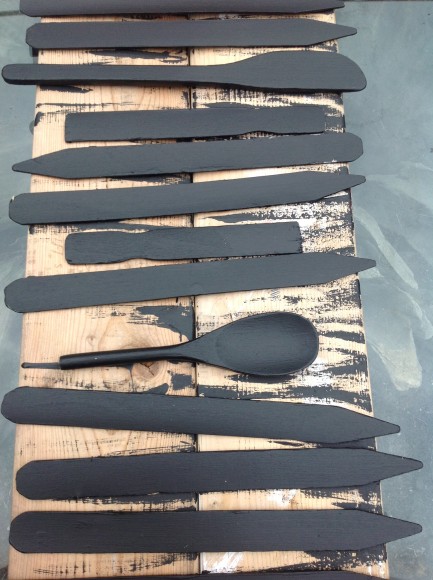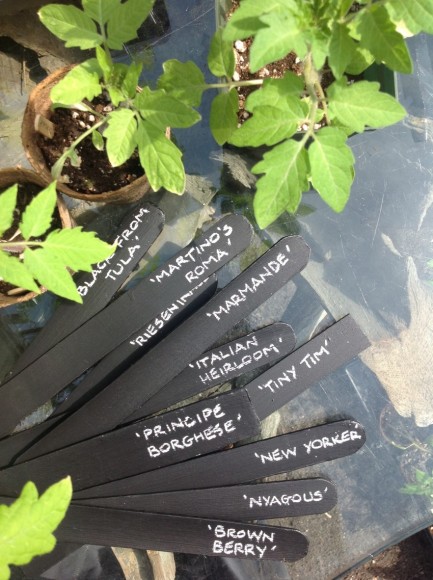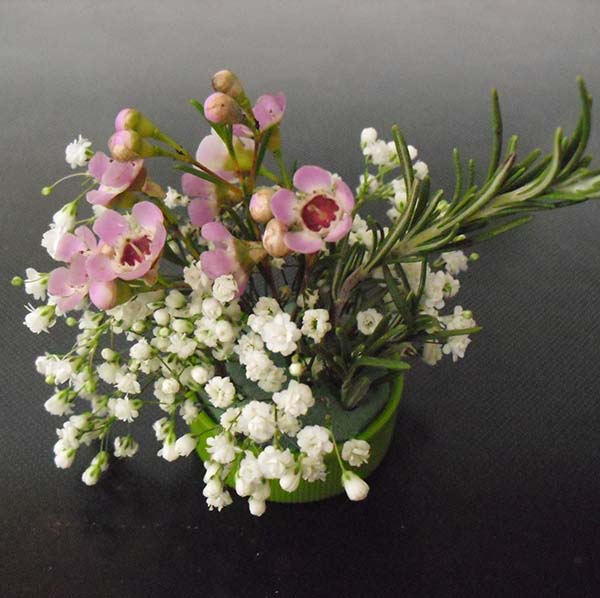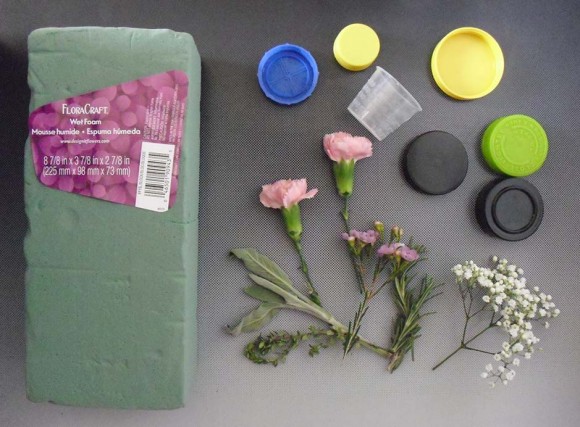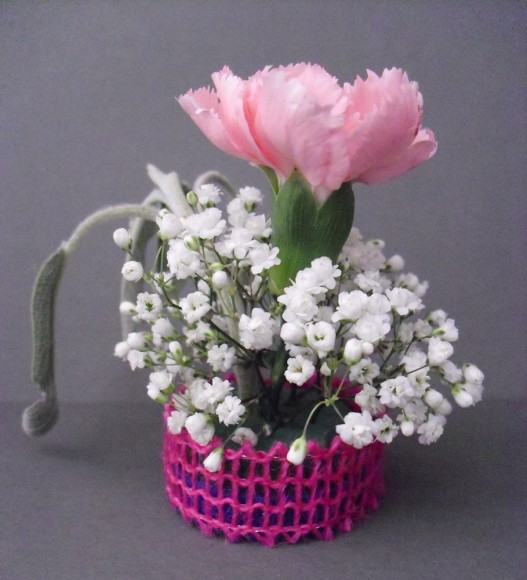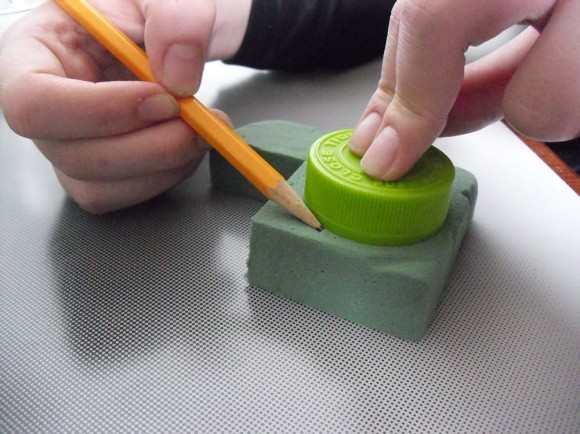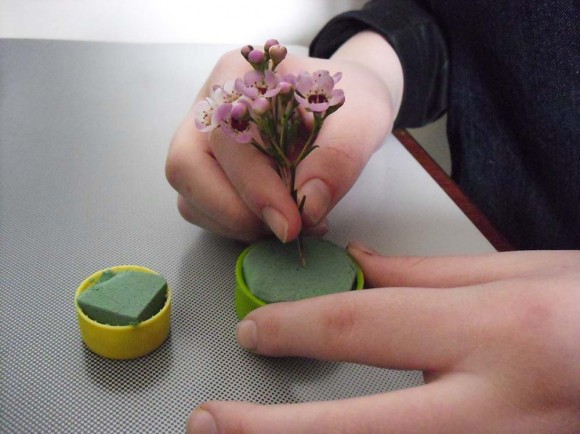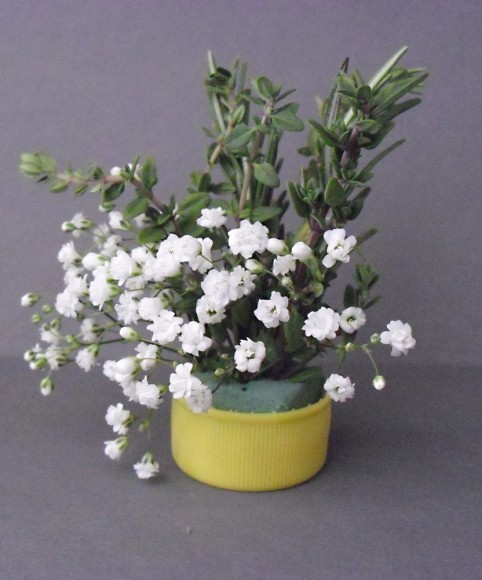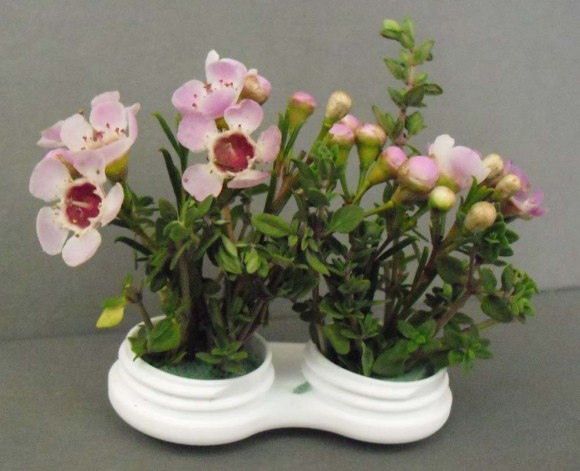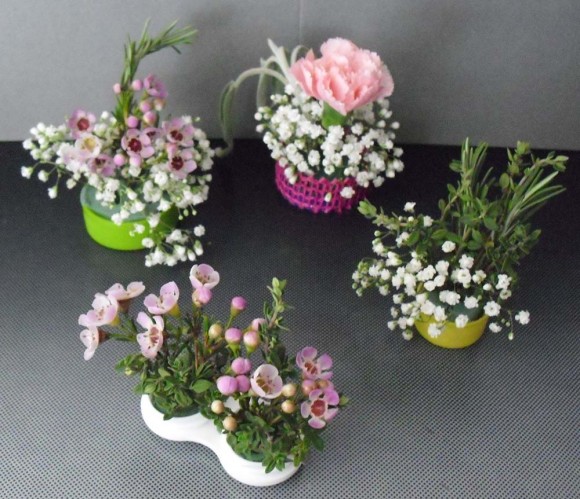If you’re reading this article, you’re likely familiar with some of the challenges facing older folks: your muscles may get weaker and ache more readily. Falls can do more damage. Your energy and endurance may wane, and your skin may get thinner. Your eyesight and memory many not be as sharp, and your fine motor skills may become less coordinated.
What can the estimated 85 million U.S. gardeners do to continue gardening as they age? Gardening provides so many physical and emotional benefits that it’s well worth pursuing. The activity may even improve problems associated with aging, such as depression, osteoporosis, diabetes, and poor sleep.
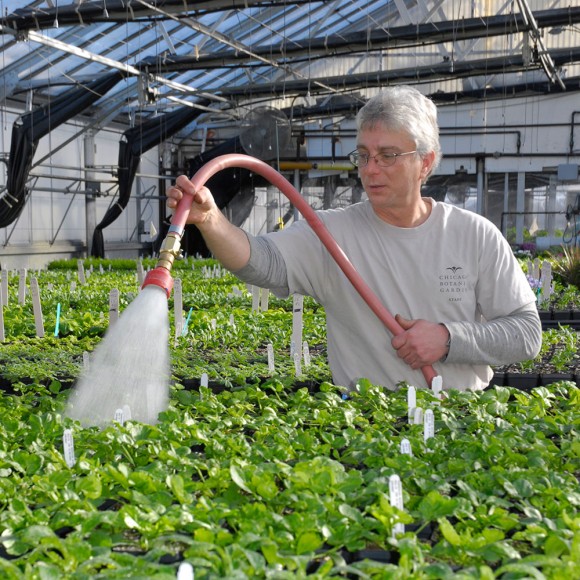
So let’s explore some ideas that might help you continue gardening despite these challenges. I’ve found that prevention, preparation, positioning, and partners—the four “P’s,” if you will—enable many older gardeners to carry on.
There is no better place to start than prevention. Since recovery takes longer as we age, let’s make sure we have less to recover from. Make a solemn oath not to go out to the garden until you are wearing proper footwear! Even if you plan to just survey the yard while barefoot with your first cup of coffee, danger lurks! Without shoes, you are more likely to fall or sprain an ankle. The damp grass can be slippery, and uneven surfaces can lead to a twisted ankle. Falls can lead to serious complications and are best avoided.
Take a few minutes to limber up your joints, especially your back and legs, before you start working in the garden. You will be much more comfortable if your muscles are warmed up. Surprising them by pulling a stubborn weed can cause pain and injury that could have been avoided.
Remember to protect your skin. That means sunscreen, a hat, gloves, and loose, light clothing. Invest in a pair of really good gloves that you will keep on no matter what the task. Cuts and abrasions in the skin of the hands are an invitation to infection. Likewise, protect your eyes from extreme brightness with sunglasses.
Prevention even applies to the end of a day in a garden. Make sure to put away all tools and to coil all hoses away from walkways. Painting the handles of tools with bright colors make them easier to spot in the garden or lawn.
Preparation is the next area where the time spent will be repaid handsomely.

Begin with a critical appraisal of the areas you tend. Note what you enjoy most as well as what you dread doing. Look at quantities of plant material, and consider the age and condition of your trees and shrubs. This is an opportunity to make some well-considered decisions and create your ideal garden. Whether you implement changes all at once or gradually, your ideal should include your favorite plants and tasks in manageable proportions.
If you do a lot of pruning regularly, decide if that is pleasurable to you. If not, hunt for some woody plants that maintain their shape naturally. If your perennials have grown into huge beds, decide if you would be just as happy with less. If so, remove your extra perennials and offer to friends or garden clubs.
If you have been forceful and unsentimental with your removal decisions, you are likely left with some empty areas that need to be filled. This is a critical juncture. In order to avoid swapping one huge garden for another, see if you can cluster your remaining plants into smaller beds. Absorb some of the newfound space with trees or shrubs that provide structural interest, but are low in their demands. Of course, you can always plant more grass, but groundcovers do a nice job with less chemicals and mowing. Another possibility is to begin raising your garden to an easy-to-reach height. Use containers or create raised beds so that you can tend the plants without getting down to ground level. Perhaps all that space where plants have been removed can be re-envisioned as walking paths among containers and beds.
Positioning is the third area to think about.
As you revise your garden, keep in mind that reaching down to ground level and up over your head are positions that demand a lot of energy. You will tire quickly unless you can work more in the midrange of your reach. Containers and raised beds bring the soil level up nicely. A raised bed that allows a comfortable approach with a knee space for sitting while facing the bed is ideal. A ledge for side sitting works for short periods of gardening. Try using a pulley system to bring hanging containers down to a workable level and then raise them back up again.
Finally, let’s think about partners.
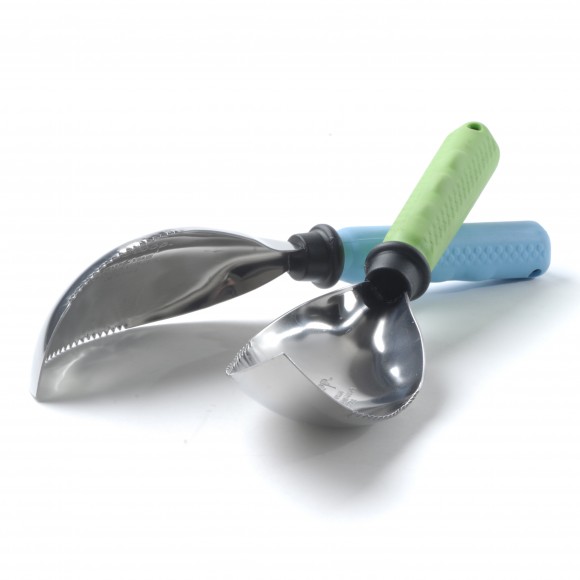
Partners in gardening can be human—perhaps hired help for the most demanding or onerous tasks, such as removing weak trees. Partners can also be the wonderful tools that bolster your body’s ability. A tool that has good leverage, sharpened edges, and smooth operation of moving parts is a joy to work with. An increasing number of ergonomic tools are on the market. Look for larger, nonslip grip surfaces, handles that allow for two-handed manipulation, tool holders that distribute the workload over more than one joint, and carriers that keep tools safe and handy.
Prevention, preparation, positioning, and partners can have you gardening for a lifetime. Such a healthy hobby is worth the time and effort it takes to keep it enjoyable.
©2014 Chicago Botanic Garden and my.chicagobotanic.org

